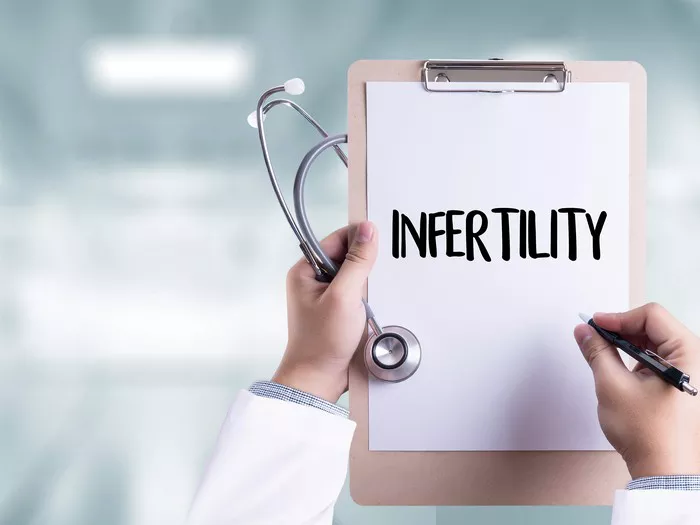Oligospermia, a condition characterized by low sperm count, is a significant concern for many individuals and couples aspiring to conceive. Defined as having fewer than 15 million sperm per milliliter of semen, oligospermia exists in varying degrees of severity, classified as mild, moderate, or severe. This condition can pose challenges to natural conception and may require medical intervention to address.
Causes of Oligospermia
Various factors contribute to the development of oligospermia, including physiological, environmental, and lifestyle-related elements. Common causes include varicocele, a condition characterized by enlarged veins within the scrotum, which can impair sperm production. Additionally, infections, hormonal imbalances, genetic factors, and lifestyle choices such as smoking, excessive alcohol consumption, and drug use can all impact sperm count and quality.
Diagnosis of Oligospermia
Accurate diagnosis is crucial for determining the underlying cause of oligospermia and guiding appropriate treatment. Diagnosis typically involves a comprehensive medical history assessment, physical examination, and semen analysis to evaluate sperm count, motility, and morphology. Further tests, such as hormone level assessments, genetic screenings, and imaging studies, may be conducted to identify specific contributing factors.
Treatment Options for Oligospermia
Fortunately, several treatment options are available to address oligospermia and improve fertility outcomes. Depending on the underlying cause and severity of the condition, treatment modalities may include medication, surgical interventions, or assisted reproductive technologies (ART) such as in vitro fertilization (IVF) and intracytoplasmic sperm injection (ICSI). Emerging therapies like stem cell therapy offer promising avenues for future treatment, although further research is needed to validate their efficacy and safety.
Success Rates of Treatment
Understanding the success rates of different treatment methods is essential for setting realistic expectations and making informed decisions. Success rates vary depending on factors such as the cause of oligospermia, the age and health of the individuals involved, and the specific treatment utilized. Generally, ART procedures like IVF and ICSI have higher success rates compared to medical or surgical interventions alone, particularly in cases of severe oligospermia or other fertility challenges.
Lifestyle Changes for Improving Sperm Count
In addition to medical interventions, lifestyle modifications can play a significant role in improving sperm count and overall fertility. Dietary changes emphasizing a balanced diet rich in antioxidants, vitamins, and minerals may support sperm health. Regular exercise, maintaining a healthy weight, and avoiding exposure to environmental toxins and excessive heat can also positively impact sperm production and quality.
Expert Opinions on Oligospermia Management
Insights from fertility specialists and urologists provide invaluable guidance for individuals navigating the complexities of oligospermia diagnosis and treatment. These experts offer personalized recommendations tailored to each patient’s unique circumstances, drawing from their extensive knowledge and experience in male infertility management. Collaborative decision-making between patients and healthcare providers is essential for optimizing treatment outcomes and addressing any concerns or questions that may arise.
Patient Stories: A Personal Perspective
Real-life experiences shared by individuals or couples who have faced the challenges of oligospermia offer a personal touch and a sense of solidarity for those undergoing similar struggles. These narratives highlight the emotional journey of coping with infertility, the ups and downs of treatment, and the joy of ultimately achieving a successful pregnancy. Hearing firsthand accounts of resilience and hope can provide encouragement and inspiration to others on their fertility journey.
Research and Developments in Male Fertility
Ongoing research in the field of male fertility holds promise for the development of novel treatments and interventions for oligospermia. Advances in stem cell therapy, gene editing technologies, and reproductive medicine techniques offer exciting possibilities for improving sperm production, enhancing fertility outcomes, and expanding options for individuals and couples seeking to conceive. Staying informed about the latest research developments can empower patients and healthcare providers alike to explore innovative approaches to managing oligospermia.
Conclusion
In conclusion, while oligospermia presents challenges to fertility, comprehensive evaluation, and a multidisciplinary approach to treatment can offer hope for individuals and couples seeking to overcome this condition. By understanding the causes, diagnosis, and treatment options available, along with embracing lifestyle changes and drawing on expert guidance and patient support, individuals can navigate the journey towards parenthood with confidence and optimism. With ongoing research and advancements in the field, the future holds promise for further improving outcomes and expanding possibilities for those affected by oligospermia.

























